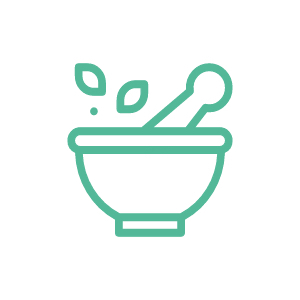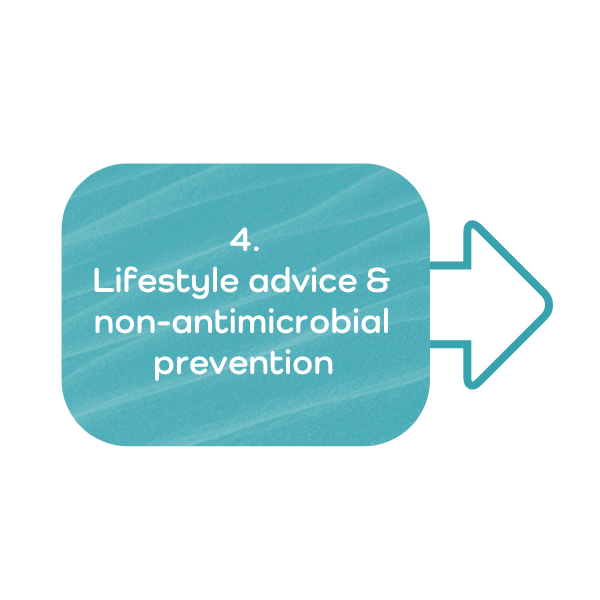What to do in case of cystitis?
In cases of uncomplicated episode, when antibiotics are needed, discuss it with your doctor, to adapt your treatment to local guidelines and antimicrobial resistances.
Discuss with your doctor how to decrease the number of recurrences.
A certain order and hierarchy of recommendations should be followed when planning the prevention strategy: RECAP
Here is an example of what is detailed in European recommendations to prevent recurrent cystitis
Current options
Lifestyle modifications

Behavioural risk factors, eg sexual activity and form of contraception
Recommended non-antibiotic prophylaxis

- Immunoactive therapy
- Hormonal replacement (for postmenopausal women)
Other non-antibiotic prophylaxis (not recommended)

- D-Mannose
- Lactobacillus (probiotics)
- Cranberry products
- Ascorbic acid
- Methenamine salts
Antibiotics

- Continuous low dose prophylaxis
- Post-coital prophylaxis
- Patient initiated therapy
RECAP = Where a claim is followed by the RECAP, this means that this claim is endorsed by the RECAP board of experts.









